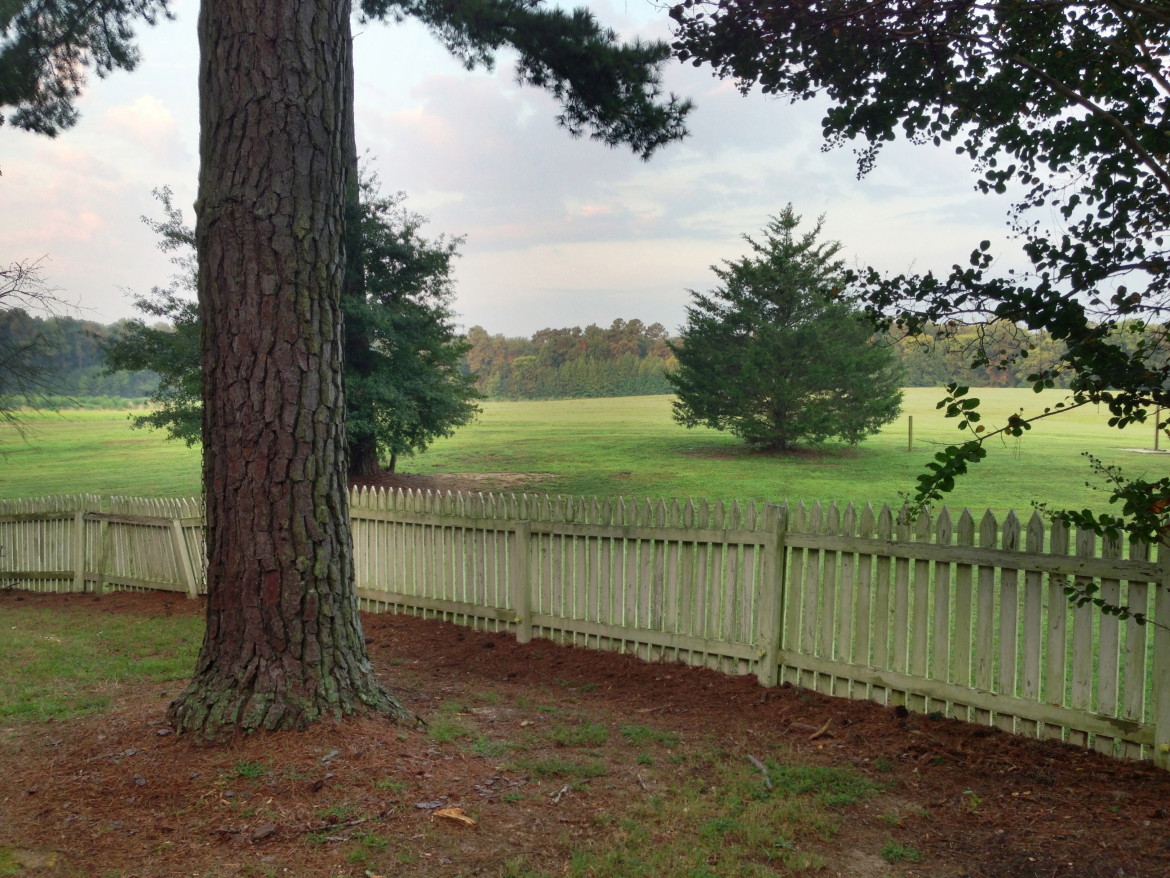Initially purchased by the city in 1994 with the intent of creating a vast, open-space park for residents of North Raleigh, the Horseshoe Farm Nature Preserve has been a project almost 20 years in the making.
The planning process has undergone a number of shifts during the years – and endured arguments over whether the focus should be on active recreation or preserving the site’s natural habitat.
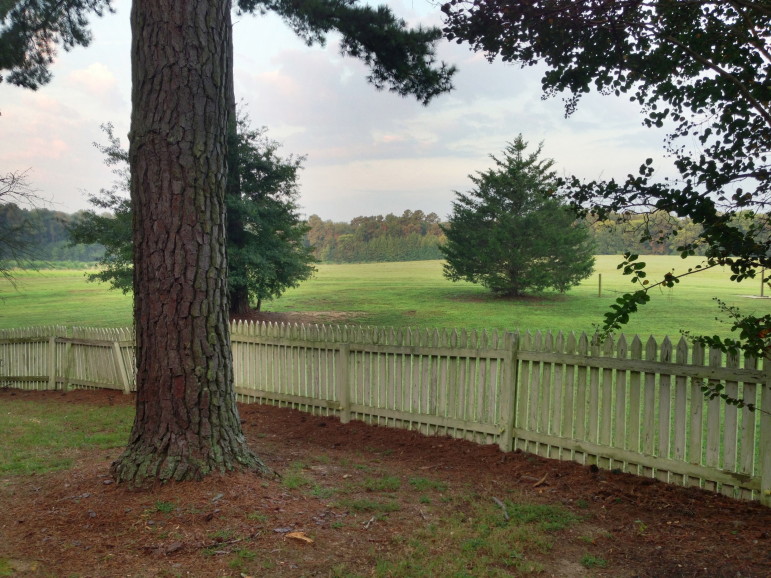
James Borden / Raleigh Public Record
But the city’s plans were drawn into sharp focus three years earlier, when, along with more than 150 other projects, Horseshoe Farm was accepted into a pilot program run by the Sustainable Sites Initiative.
The initiative, known as SITES, was created as a way of promoting sustainable landscape design and development practices, similar to the LEED rating system currently used to rate the design and construction of green buildings.
Lisa Potts, a greenway planner with the city who has been overseeing the Horseshoe Farm project for the last few years, explained that while the city makes an effort to use sustainable design in all of its projects, the SITES pilot program takes things to a whole new level.
“The fact that it is a nature preserve, and it’s based on sustainability and being an environmentally sensitive design,” she said, means that it’s crucial the city “take all of the very sustainable and environmentally friendly approaches possible towards its design and construction.”
Potts said the construction process for Phase I, which she estimated will cost about $1.7 million, will begin when the city puts it out for bid this November. Some of the work will include a widening of Horseshoe Farm Road — which currently can only accommodate one car at a time — paved parking using pervious pavement, a picnic shelter and a connection to the Neuse River Trail.
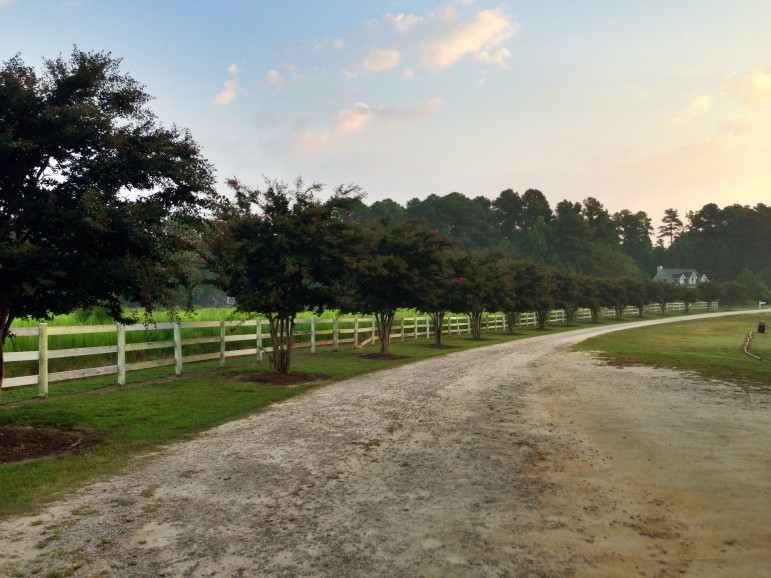
James Borden / Raleigh Public Record
The design process, however, stretches back much further.
Designing to New Standards
Eric Davis is a principal with Lappas + Havener, a local architecture firm out of Durham serving as the prime design consultant on the Horseshoe Farm project.
Davis said his firm was brought on board in 2010, after the completion of the master planning process, led by HagerSmith design.
“Reviewing the requirements,” Davis said of the SITES program, “It’s basically LEED for landscape architects.”
One of the project’s key elements, he said, includes bio-retention cells, which will clean rainfall and other water on the property by processing them through a sand and organic matter filtration system.
“We’re trying to manage water in a more natural way, mimicking nature instead of the old school method of sheet flow piping: out of site, out of mind,” he said.
Another element will be the construction of a composting restroom facility, designed by Frank Harmon, which will operate completely “off-grid” by generating its own energy and not requiring a connection to the city’s septic system.
In addition to the beneficial environmental impacts these and other design elements will bring to the property, Davis said they will also serve as an excellent learning opportunity for visitors to the site.
Engaging the local community, in fact, has been a crucial part of the design process from the very beginning, Davis said.
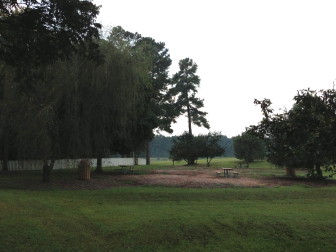
James Borden / Raleigh Public Record
“We’ve been very proactive in reaching out to community,” he said, adding that at the most recent community meeting “we had unanimous support for plan to move forward as shown.”
The community has also brought a number of ideas to the table that he said his firm was able to incorporate into the final design, including the placement of the site’s meadows and using solar lighting as a way of reducing light pollution and making sure no electricity is added to the grid.
“I think they had some really good information,” Davis said of the community members who offered feedback.“They live there; they see the park 365.”
The Initiative
SITES and its subsequent pilot program were the result of a collaborative effort between the Ladybird Johnson Wildflower Center at the University of Texas at Austin and the American Society of Landscape Architects.
Both organizations were interested in “promoting better and more sustainable land design development practices,” said Danielle Pieranunzi, a director with the SITES program who works at the Ladybird Johnson Center.
“This is touching on a lot of different disciplines, landscape architects, ecologists, biologists, civil engineers – they all have expertise in different areas and can come together and have this integrative design process,” she said.
Pieranunzi explained that a lot of the practices SITES has adopted are common-sense measures that are already in use, but noted that SITES has created a comprehensive set of performance benchmarks that have managed to “raise the bar in a lot of ways.”
Among the program’s numerous goals, she said, are avoiding or limiting any kind of development on critical or sensitive land types, such as floodplains, wetlands or farmland.
These areas are already “providing a function and service to the community or the site itself,” she said.
“We should try and protect that as much as possible and then gear development more towards the degraded parts of a site that might be previously developed or contaminated so that we’re actually restoring those lost functions.”
Pieranunzi said that when a suitable site for redevelopment is chosen, they encourage the designers to promote better plant selection and not bring any invasive species to the site, which can often lead to costly problems down the road.
While she said some of the practices encouraged by SITES may have a higher upfront cost, most of them, such as the notion of dealing with invasive fauna, can lead to lowered long-term maintenance costs.
Although SITES certification does not currently offer the kind of tax-credit rebates that come with LEED certification, Pieranunzi said this is one of the program’s eventual goals.
“We’re putting out a rating system based on the best available science and research and expertise out there, and we’re hoping that by doing that, it activates and transforms the market and policy to encourage better practices and maybe start providing more rebates,” she said.
The Pilot Program
Announced in 2009 at the U.S. Botanic Gardens in Washington DC, Pieranunzi said the pilot program was initially designed to accommodate from 75 to 100 projects, but after receiving more than 350 applications, they decided to accept around 160 of them.
Officially, the pilot program ran from June 2010 to June 2012, but because SITES officials realized a number of the projects would take more than two years from conception to construction completion, she said that any project completed by the end of 2014 will be eligible for certification. To date, 23 projects have been certified.
The certification works on a rating system where a project can receive a maximum total of 250 points. The number of points acquired by a project will determine the amount of stars it will receive: 100 points are required for one star, while 200 will earn the project the maximum of four stars.
The rating system is broken down into nine different categories, ranging from “site selection” to “human health and well-being.” Each section is broken down by the amount of possible points that can be earned – credit 6.7, for example, is worth between 3 and 4 points, and requires that the site “provide views of vegetation and quiet outdoor spaces for mental restoration.”
While some of the sections seem to favor the redevelopment of mismanaged sites – credit 7.3 is worth up to 8 points and requires the restoration of soils disturbed by previous development, it does seem feasible that under the right conditions, most projects should be able to earn more than enough points to make up for such issues.
Not everyone who has participated in the program, however, agrees with this assessment.
A Two-Star Project
One of the 23 certified projects is the Charlotte Brody Discovery Garden at Duke Gardens in Durham.
Jesse Turner was the landscape architect who worked on the project. While he praised the goals and intents of the program, saying that it “really encouraged us to think at a deeper level of how we can lessen our impact during the project” he felt their ability to earn points was hampered by the fact that the land they used was not a brownfield, or a site previously used for industrial purposes.
“We kind of lost stars because the existing conditions were not as bad as other projects,” Turner said.
The project in Durham, budgeted at $950,000, eventually earned two stars. Of the 23 certified projects, nine received one star, eight received two stars and six received three stars. None have yet to receive a four-star rating.
“Some of the credits, I think, are more challenging than others,” acknowledged Pieranunzi.
Despite his minor gripe, Turner said the group responsible for the garden took great pleasure in earning the stars that it did.
“The nature of the project; it’s a garden, gardens are alive, life is sustainable, that’s the idea – we’re trying to create a living space,” he said.
Turner added that some of the most noticeable impacts of the pilot program came about during the construction phase, as the guidelines discouraged contractors from doing things like allowing engines to run idle, creating unnecessary waste or smoking on the job site.
“The initiative really tried to draw them in and make them a part of that bigger picture,” Turner said, “so that they understand, oh, this is a good thing for me to turn the diesel engine off, and maybe that’ll influence their practices outside of a SITES project.”
“Being a landscape architect, doing those type of projects, it’s very common for my work to be sustainable; that’s an inherent part of my work, but the things that really extended the sustainably aspect of the [Charlotte Brody] project were the during construction phase.”
Existing Conditions
As it stands today, the Horseshoe Farm Nature Preserve is about as far from an industrial wasteland as can be found in North Raleigh. One of the city’s reasons for acquiring it in the first place, said greenway planner Potts, was that it was an important connector for the Neuse River greenway trail, which cuts through a portion of the property.
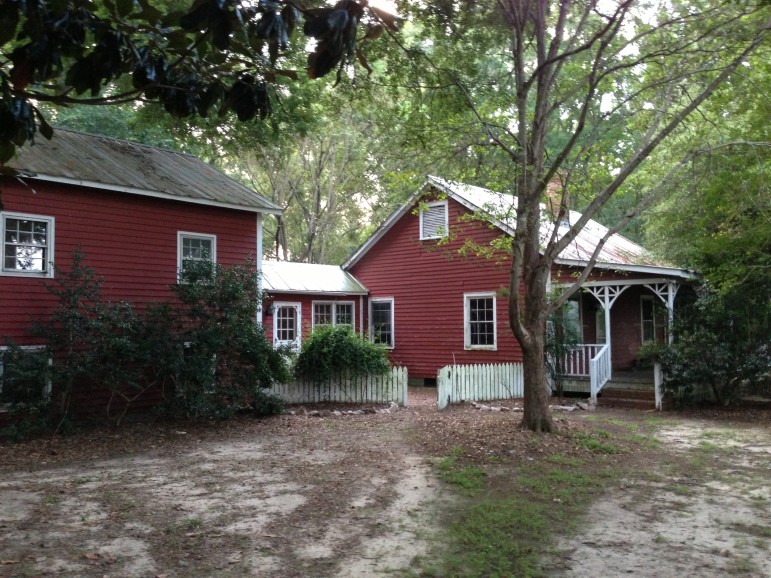
James Borden / Raleigh Public Record
Much of the rest of the property, save for a surprisingly well maintained yet abandoned farmhouse, is largely undeveloped. There are a few picnic tables and basic signage, but it is for the most part a bucolic, natural setting, unspoiled and lush with plant life.
Scott Reston, 42, is a web designer who lives in nearby North Raleigh with his family and serves as a member of the city’s Parks Advisory Board. He occasionally blogs about city’s various park facilities, and said in a recent interview he enjoys living close to the Horseshoe Farm property.
“I like that there’s little pockets like [Horseshoe Farm] that are pretty unspoiled,” he said.
“There’s pretty much a giant field with wetlands around it, and from what I understand those fields are pretty important for migratory birds – you can go out there sometimes and see lots of birds and deer working their way through it.”
Potts said the city is eager to move forward with construction on Phase I of the project, which will help to preserve the land for both the humans and animals currently making use of the site.
